Contents
You might be thinking, “How can I be a photographer if I don’t have a studio?” This is a very valid question and one that many aspiring photographers get stuck on. For many years, I aspired to have a dedicated photography studio, thinking that I’d have ‘made it’ when I finally had one.
Fast forward a few years and I eventually did get a studio. However, I used it perhaps twice a month at most, and quickly realised that it wasn’t absolutely necessary for the sort of photography I was doing. It was merely an ego boost and a waste of money.

Who says artist promo photos need to be done in a studio?
Why You Don’t Need a Dedicated Studio
For some professionals it makes sense to have a full time photography studio, particularly if they are using it often. But for many of us, it is simply not a good use of money, and there are plenty of viable alternatives, depending on what you shoot, how often you shoot, and your style.
Of course, if you have money to burn, go ahead and rent a costly studio space and enjoy creating, but don’t fall into the trap of thinking that you need a studio to look professional. Professionality is in the quality of both the images you make and how you interact with other people, not the space you inhabit. Here are a few ideas of what you can use instead of renting a costly studio space.
Create a Home Studio (or Corner)
I used to live in a beautiful old apartment on the top floor of a building that dated back to 1865 in the centre of the historic old town of Valencia. It had chandeliers and a strong bohemian vibe. It was absolutely perfect for photography, with the morning light reflecting off the building opposite and creating a giant natural softball through the balcony windows (which I further diffused by never cleaning them – top tip!). It was an absolute gift, and honestly, that alone paved the way for the start of my journey into portraiture.
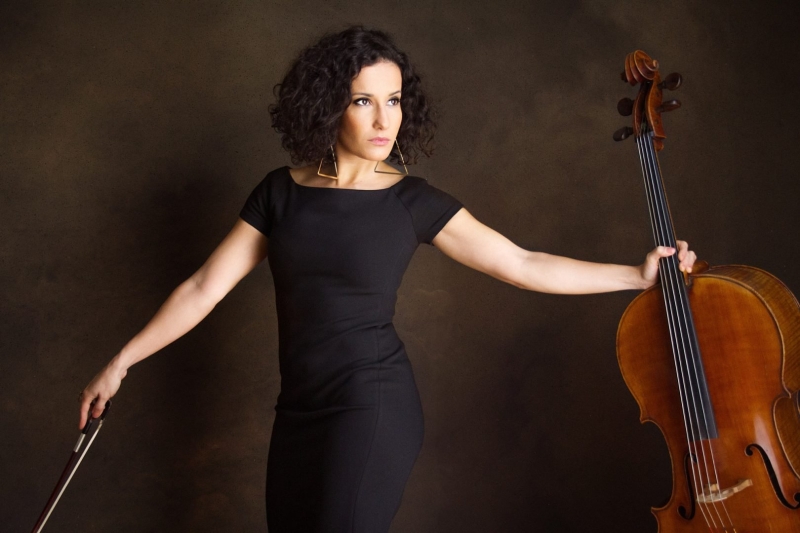
Shot in reflected natural light in the corner of my old bedroom!
I shot in the tiny 4 by 6 foot spare room, I shot in the corner of the living room, I pushed the bed over and shot in the corner of the main bedroom. No, it wasn’t very professional looking, but nobody seemed to mind, especially when they saw the results. Four apartments later and I still miss that light!

The same corner!
I know other photographers who have successfully converted their garage into a studio, Sue Bryce started her business doing just that. Six-figure headshot and portrait photographer Megan DiPiero began in her back room, welcoming clients to her very humble set up. She has since upgraded, however, still talks positively of home-studios.

The BTS for the composite in a make shift home studio
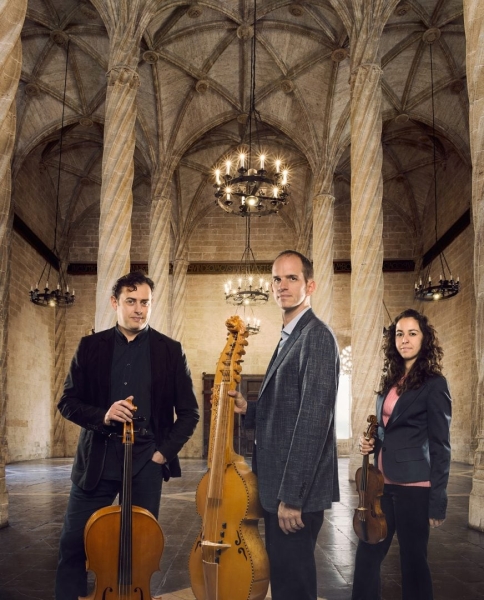
The final composited image
If your thing is product, still life or food photography then you really don’t need much space for that. A table top with space for a couple of soft boxes or close to a window is all the space you need. Yes, it can get annoying having to take down everything and pack it away when you’re finished, but I’d still choose that over paying for a space I don’t use.
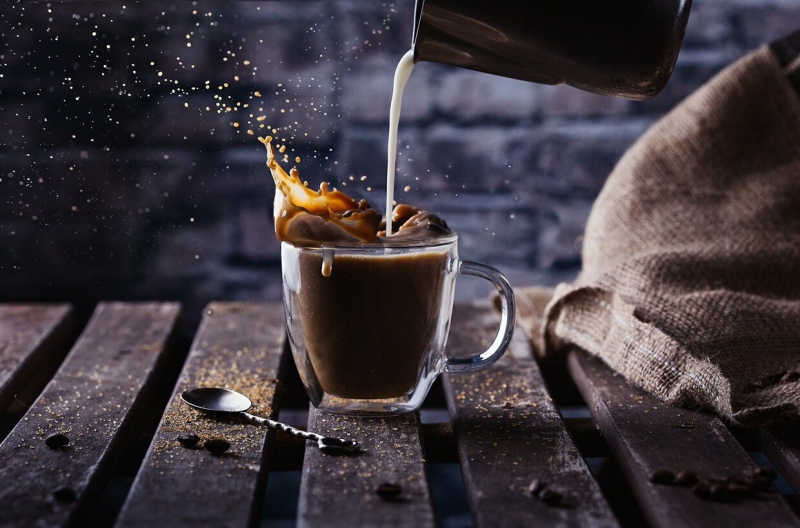
This was shot in my spare bedroom during the covid 19 lockdowns
I’m one of those people who will get inspired at strange times of day (I decided to start painting my bedroom at 10 pm one night), so the ability to just start something when the mood strikes me is a good thing. If I have to travel across town to a studio I’d probably never start.
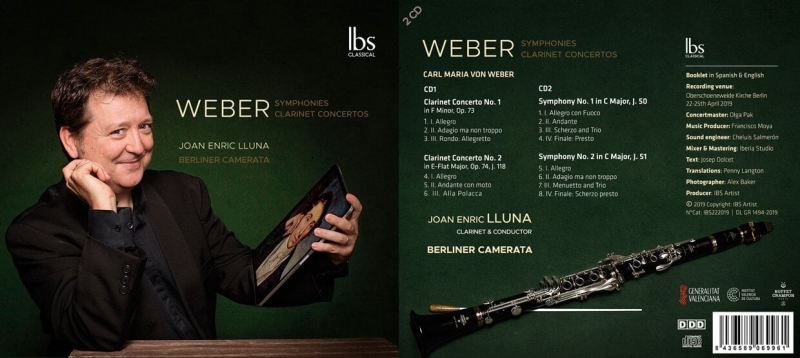
This CD cover was also entirely shot in my home studio
Shoot Outdoors
If iconic fashion photographers Peter Lindberg and Herb Ritts could make beach shoots work, then so can you! I much prefer doing family photoshoots outdoors, especially with younger children because they can run around, play games and use up a little energy exploring. These locations fit the natural candid photography style well that many people like.
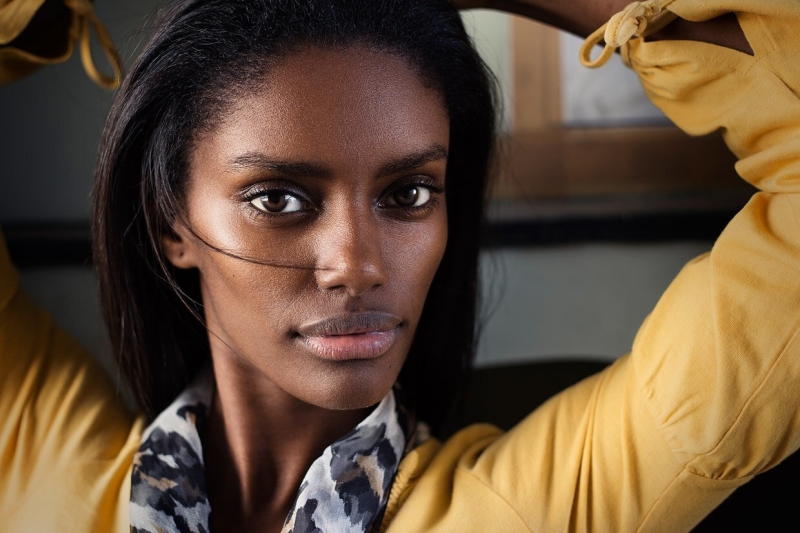
This was shot in a short tunnel with light coming in from both sides
Locations I’ve done shoots at in the past couple of years include a castle, the beach, a forest, the street, a city park, a hiking route, a mountain top… Really the options are limitless, you’re only held back by your imagination (well and transport and permission too!).
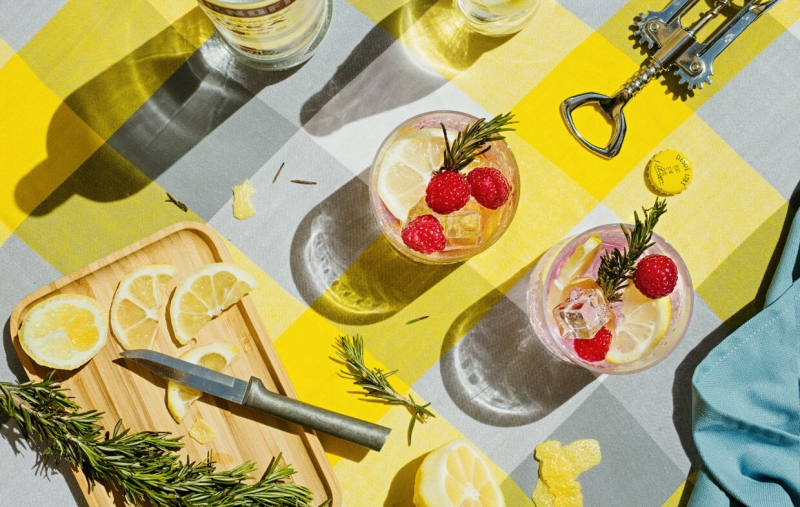
Shot on my roof terrace in harsh direct sunlight
If harsh sunshine is a concern, then aim to shoot close to sunrise or sunset around golden hour. Alternatively, look for open shade to shoot in. You could even set up your own little studio tent with a diy shower curtain scrim (or just use an assistant and regular scrim).
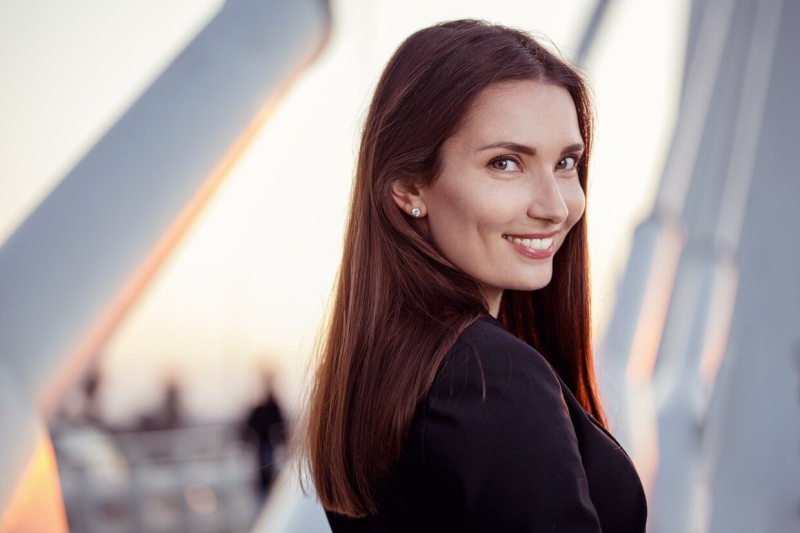
Outdoors at sunset with one strobe
Shoot in Client’s Spaces
As I mentioned before, I used to shoot a lot of studio-style portraits, which I enjoyed a lot. But gradually, the fashion changed and became more relaxed and natural, with clients favouring a more candid and environmental approach. I started doing more work outdoors or in different locations, or shooting in clients’ homes and offices. This had the advantage of making their images look both more authentic to themselves and distinguishing their images from other people’s.
I perfected the art of having a portable studio set-up, which included a backdrop stand, a couple of backdrops, and one light plus reflector. While it was slightly more complicated for me to bring all the equipment, it was more comfortable for clients to be able to shoot in a space where they felt comfortable. They could make wardrobe decisions and changes more quickly and didn’t need to travel anywhere. Making things easier for clients is a good thing, especially if you’re shooting multiple headshots for an office, for example.
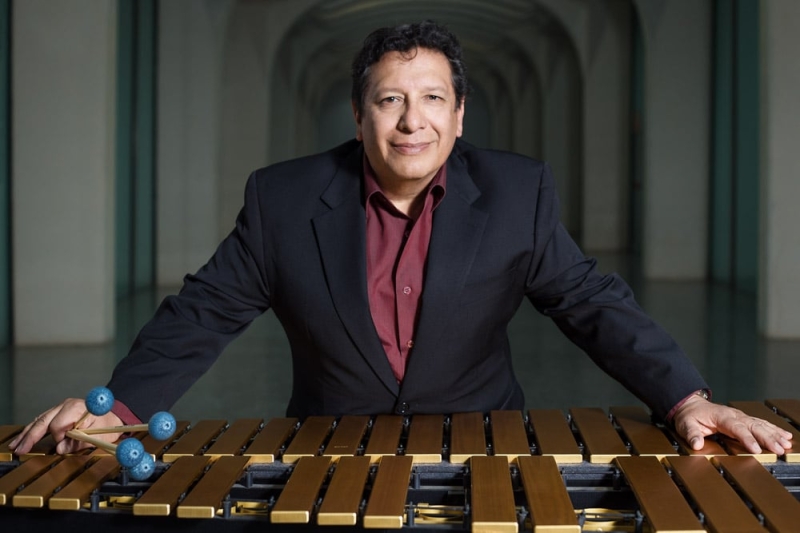
Shot at the subject’s work space
To enjoy shooting in unfamiliar locations, you need to be quite flexible and enjoy a challenge. I certainly do, the worst thing for me is to always be doing the same thing, although some people really do prefer predictability. You can make life easier by asking for snapshots of the room where you’ll be shooting in advance, and bring at least one strobe and light modifier so that you aren’t relying on natural or ambient light.
I’ve grown to really enjoy shooting in unfamiliar spaces and I believe it can make you a far better photographer than always sticking to the same location or studio set up.
Many urban areas have co-working spaces you can rent a desk in, and several now are branching out to creative co-working spaces aimed at artists. Alternatively, you could band together with a couple of other photographers and share the space, although you’ll need to figure out some sort of agreement and booking system. It could work especially well if you shoot different genres and tend to work at different times of day.
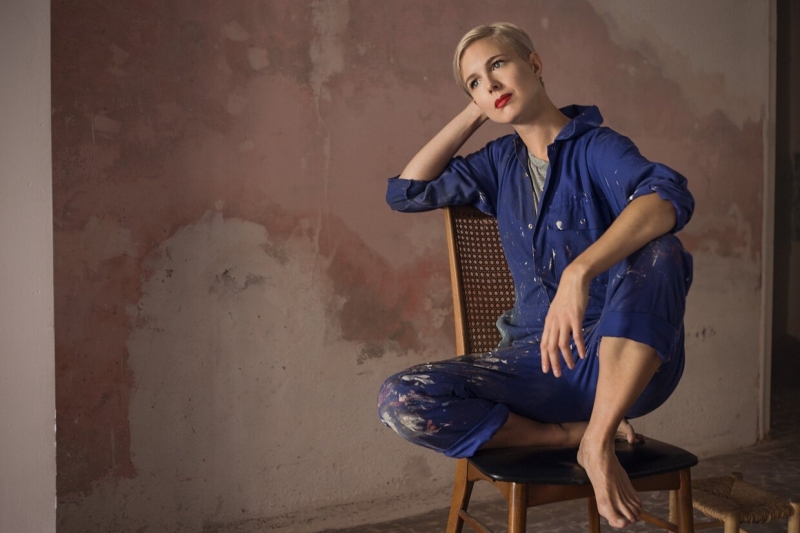
Shot in a shared art studio space
I even know one photographer who uses one half of a hair dresser’s salon as her studio. The style of the place fits her perfectly, and she uses the space when the hairdresser isn’t working.
If you’re a food photographer you might regularly work with a food stylist or chef. Perhaps they have a space they cook in that you could share. This will make photographing the food much easier as it’s important to have props and cooking facilities on-hand.
Make Use of Third Spaces
Starbucks is famous for wanting to be that ‘third’ space in your life, it’s not home, it’s not work, it’s the other one. Well, these third spaces can work for photography, too. I’ve shot in bars, restaurants, and cafes, all for free. You do have to befriend the owner sometimes, ask permission and generally be polite and not get in the way of paying customers. However, I have found that these spaces can create a completely different atmosphere and often have decor that you couldn’t replicate by yourself.

This was shot in a bar during the middle of the day

This was shot in a museum
Rent a Space Only When You Need It
If Annie Leibovitz only rents a studio when she absolutely needs to, then so can the rest of us! Given that most of us aren’t quite at her level, however, in most towns and cities, there are photography studios that you can rent by the hour or day. They usually come well-equipped and are generally great places to work, often with kitchens and bathrooms.
Studio rentals often aren’t cheap, however, so I would only use this option if the work demanded it and the client was happy to cover the costs. Still, the production value will be extremely good with this option so the sky really is the limit.
Final Thoughts about Photography Studios
Fortunately there are many options for places to create beautiful engaging photographs, and a dedicated photography studio is just one of them. You don’t actually need a studio to be a photographer, and many fully fledged professionals don’t even have one.
My advice is to keep your overheads as low as possible and only invest in a studio full-time if you find yourself needing one a lot. I actually found that having a studio made me less creative as I didn’t have to problem-solve as much and constantly be trying out new ways of working. I’m not saying I’d never use one again, however, I am happy at the moment using alternatives. I’m also really good at economising on how much gear I bring to a shoot, which can only be a good thing!
Above all, don’t let the fact that you don’t have a fancy studio hold you back. It’s largely just a type of imposter syndrome talking. You can be a great photographer without having a dedicated studio space!

